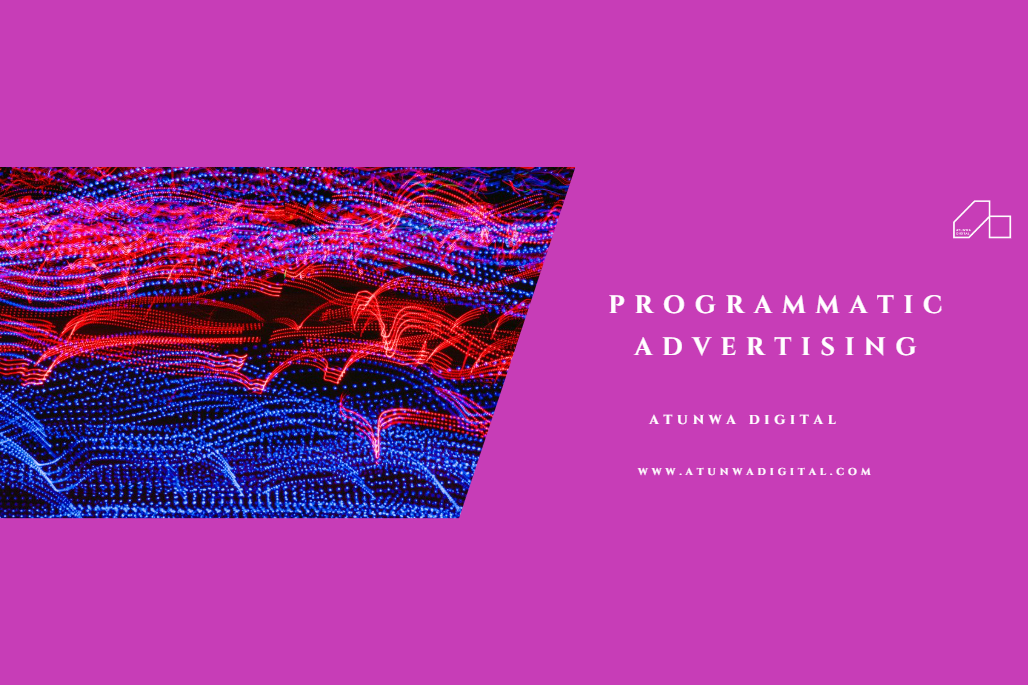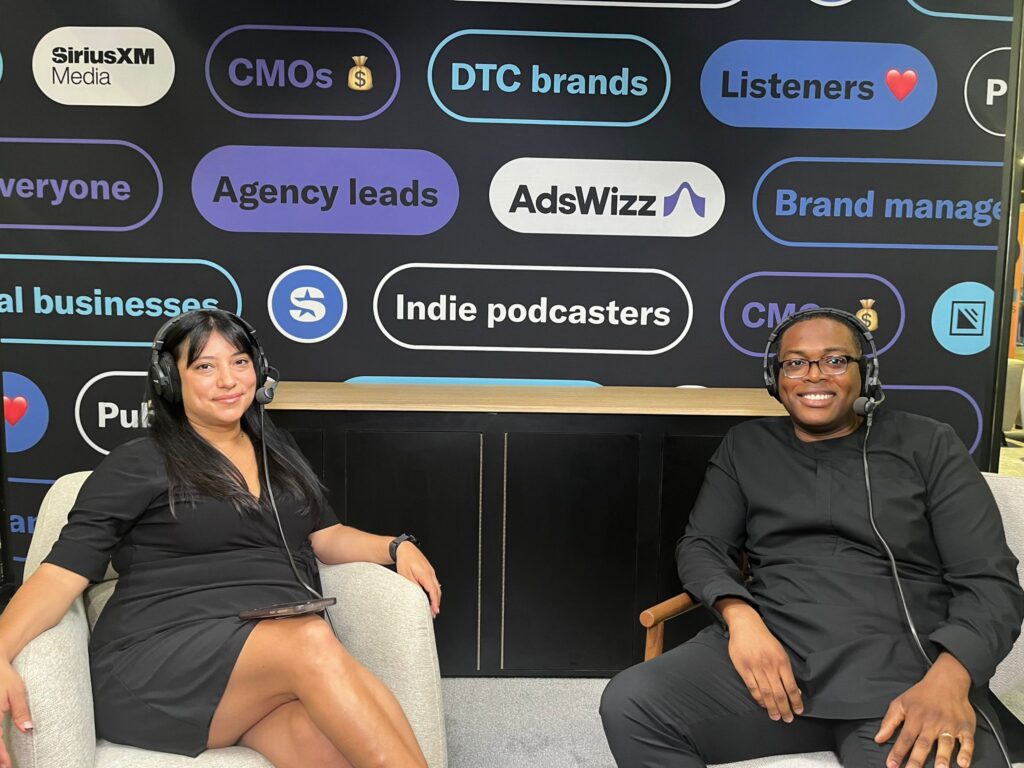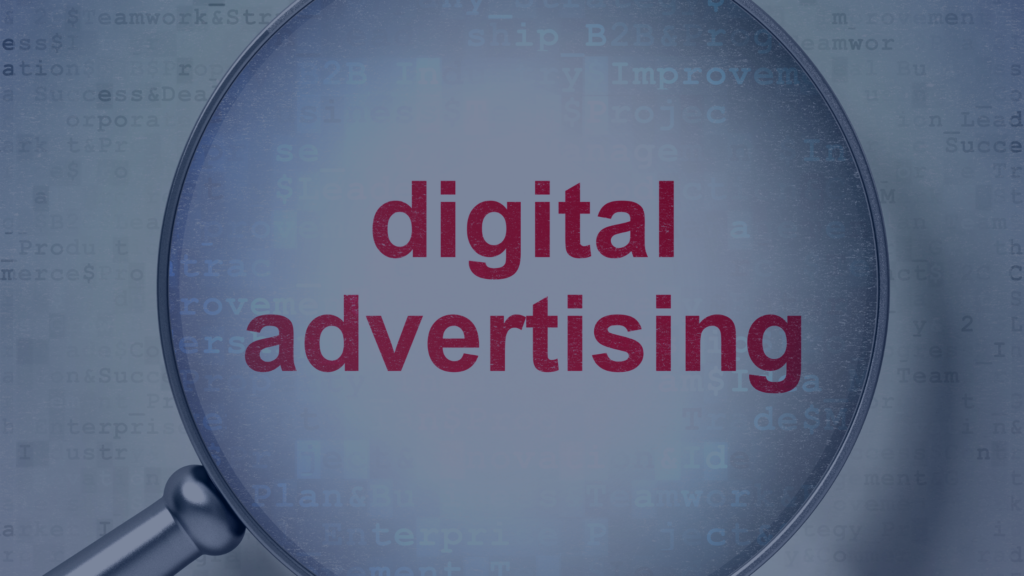What is programmatic advertising?
Programmatic advertising is essentially the buying of ad space in an automated way. It uses audience data and insights from a variety of sources, to allow advertisers to show highly relevant ads for the audience, at the right time and in the right place.
Types of Programmatic Advertising
There are two main types of programmatic advertising; Programmatic Direct, and Real Time Bidding (RTB).
RTB
RTB programmatic advertising is the automated process of buying display ad space in real time, by bidding based on the target audience you wish to reach.
There are a few components used in RTB:
Ad exchange:
This is where the publisher’s inventory is sold via an auction, and bid on and bought by advertisers.
SSP (Supply side platform)
A supply side platform (often called SSP), is a system which allows publishers to access the ad exchange and list their inventory to be sold in auction.
DSP (Demand side platform)
A DSP is a demand side platform. This is system which allows advertisers (and agencies) to access the ad exchange auction and bid for ad space.
There are essentially these main steps to how RTB works:
- Publishers make their ad space available to the ad exchanges beforehand, via the SSP (supply side platform)
- Advertisers decide roughly which audiences they want to target with their ads (this could be based on their existing audience data such as existing website visitors, act-alike audiences of existing customers / site visitors, or new prospecting audiences based on interest / demographics etc)
- When a website user visits a web page and it loads, information about the visitor of the page (gathered via cookies) and the content of the page is gathered and reported back to the ad exchange
- If the website user on the site matches the targeting defined by the advertiser, the advertiser will be entered into the auction, to bid against all the other advertisers who are also bidding for this audience
- Whichever advertiser has the highest bid will win the ad space and their ad shows to that user on that site during that particular visit
- Publishers get paid for the ads they show on their sites
All of the steps above (apart from step one, two and six) are carried out in less than a second as the page loads.
Programmatic Direct
Programmatic Direct (sometimes called Programmatic Guaranteed) on the other hand, is where ad space is still purchased programmatically but is purchased in advance, based on a specific number of required impressions and audiences required.
What are the benefits of programmatic display ad buying?
The biggest benefit of programmatic advertising is that advertisers can be incredibly specific with their ads relevance to the audience, because of the amount of data available on audiences. The data and targeting is very powerful and because the process takes place in real time and is assisted by automated bidding decisions based on data, it reaches the right audience, at the right time, in the right place. This simply isn’t possible with traditional display advertising which is negotiated with publishers and bought upfront.
- Reduced human error in the process of media buying because machines target the right consumer, at the right time, in the right place
- There’s less hands-on work required from things like creating insertion orders etc, which means that you can focus more on strategy!
- The reduced need for sales people also makes the entire process cheaper in most instances
- You can target specific ad messaging to specific audiences, resulting in precise matching of ad relevant to the audience
- The programmatic buying process does not slow down the page load time for the user, which keeps publishers happy and users happy too
Challenges of programmatic
Brand Safety
There are always going to be some sites that you don’t want your ads showing up on. The risk with programmatic buying which is based mostly on the user rather than the content of the site, is that your ads could end up in unsavoury locations! You can use a site blacklist to stop this from happening though, where you can list specific sites you simply don’t want your ads to appear on. Generally, blacklists are used by the demand side platform. Websites often change their domains though, so it’s best to constantly update your blacklist.
Some platforms allow you to exclude entire categories of content too, in addition to specific sites. If you have the option to do this, you should use it in conjunction with your blacklist as category exclusions aren’t always exhaustive.
If your brand is super-sensitive, you can take the opposite approach, which is to whitelist and only have a set of sites your ads can be shown on. This however will limit your ability to reach your audience. This will however likely make your buy more expensive.
If you’re using an agency to run your programmatic ads, you should ask them what they are doing to exclude low quality and sensitive sites from having your ads served on them. Because low quality / sensitive category sites often provide cheaper traffic, often agencies will not use a blacklist or not be extensive with it because it can drive up the cost of the buy and make reaching your delivery KPIs more tricky.
Cookie reliance
Programmatic is reliant on cookies to track users across devices, which can mean that when it comes to tracking users across devices, it can be a challenge. This is however the case across almost all display advertising, with the exception of platforms such as Facebook where the user is logged in so can be tracked even without cookies.
Ad Fraud
Ad fraud is a big concern across display advertising in general, however, programmatic ads are viewable at a rate of 44 percent to 55 percent, which brings them in line with industry benchmarks. The industry average for suspicious activity is 16%. This means that programmatic advertising can have lower levels of ad fraud than other methods of display advertising. The machine learning techniques used in programmatic can actually even help identify fraudulent ad issues and avoid them.
URL Masking
URL masking is where a publisher lists their website in the ad exchange as another, more reputable website. This is one way publishers try to abuse the programmatic auction process.
The future of programmatic advertising
As programmatic continues to grow, we’ll start to see it more across TV buying and radio. This will take a long time to progress, as currently there are not enough of a need for TV advertising to become programmatic as the ad space always sells out anyway, so there’s no need to move to auction type sales. In the future, if TV diversifies, this may change.
As mobile phones know more and more about users interests, demographics, and their locations, we’re likely to even see outdoor advertising such as billboards become programmatic. Information about the users in the local area will be shared with ad networks, and then advertisers could bid on the ad inventory for that half-hour of the day for example.
How to get started with programmatic
There are various programmatic solutions available for advertisers, depending on your budgets and experience. This is where Atunwa Digital can help you get started. We make the process painless while teaching you along the way. Contact us today to understand how to get started.














